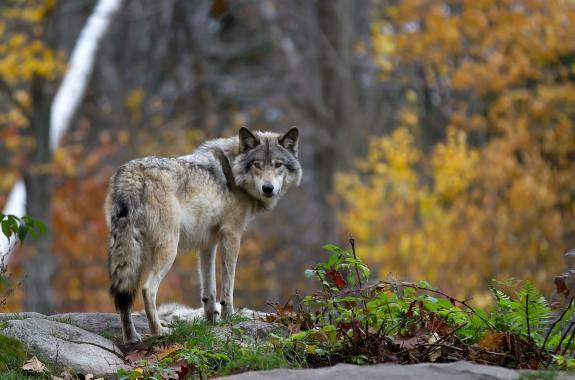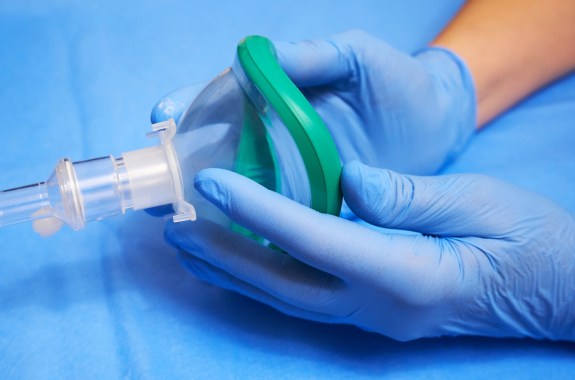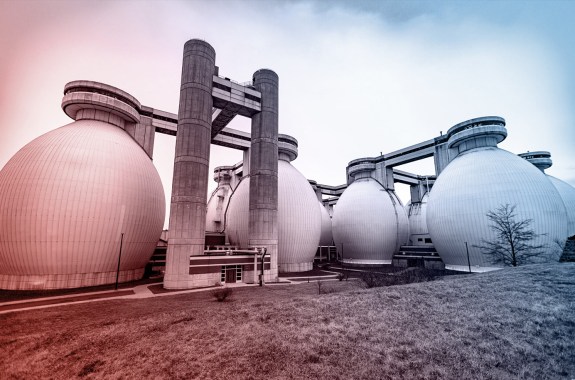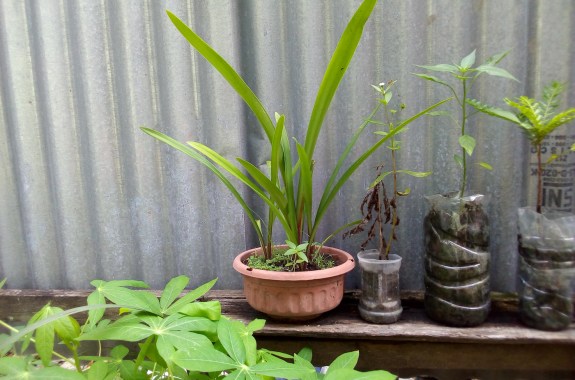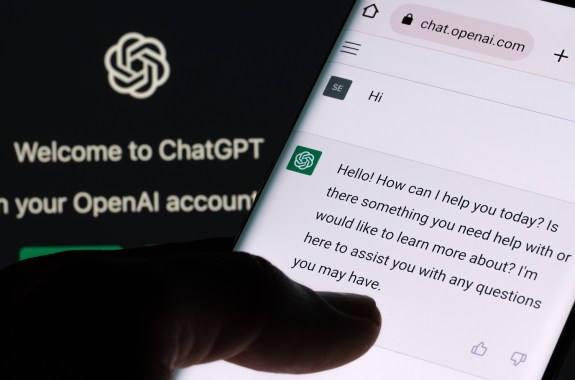Radio
Listen to Science Friday live on Fridays from 2-4 p.m. ET
November 22, 2024
On the 50th anniversary of Lucy’s discovery, paleoanthropologists reflect on what she means to science, and what she taught us about ourselves. Plus, divers have recovered seeds of a long-lost rye variety from a 146-year-old shipwreck in Lake Huron. And, just in time for Thanksgiving, a potato researcher explains potato varieties, potato nutrition, and some tubular tuber facts.
24:24
The Long Legacy Of The Alpha Wolf Myth
Despite being scientifically debunked almost 25 years ago, the idea of a “top dog” still shows up in our everyday lives.
17:09
All You Need To Know About Anesthesia
Anesthesiologists tell tales from the operating room—from the basic science of anesthesia to the specific drug combinations made for each patient.
11:26
EPA Proposal To Require 60% Of New Cars To Be EVs By 2030
A new emission standards proposal would ramp up electric vehicle production in the next decade.
33:23
Lactose Intolerance May Have A Lot To Do With Your Gut Microbiome
A third of the U.S. is lactose intolerant, and studying the microbiome might explain why.
8:38
Farm Fertilizers Can Contain ‘Forever Chemicals’ From Sewage
Dangerous chemicals called PFAS, are now ubiquitous, contaminating waste that ends up on farm fields.
8:19
In ‘Smart,’ AI And Dementia Intersect Onstage
”Smart,” a new play, explores the relationships between a woman, her aging mother, and a smart speaker named Jenny.
27:58
Is Anybody Out There? The Quest For Life In Space
Science journalist Jaime Green takes on the long history and challenges of searching for signs of alien life in her new book.
12:02
Your Plants Are Trying To Tell You They’re Thirsty
Plus, how cockroach sex is evolving with pest control.
17:07
Make It Easier To Be Green. Show Frogs Some Love
Make your spaces safer for frogs or contribute to citizen science projects to help study them.
12:11
An Open Letter Asks AI Researchers To Reconsider Responsibilities
Some big names in tech are calling for a pause to developments on a powerful large language model until safety protocols can be implemented.
